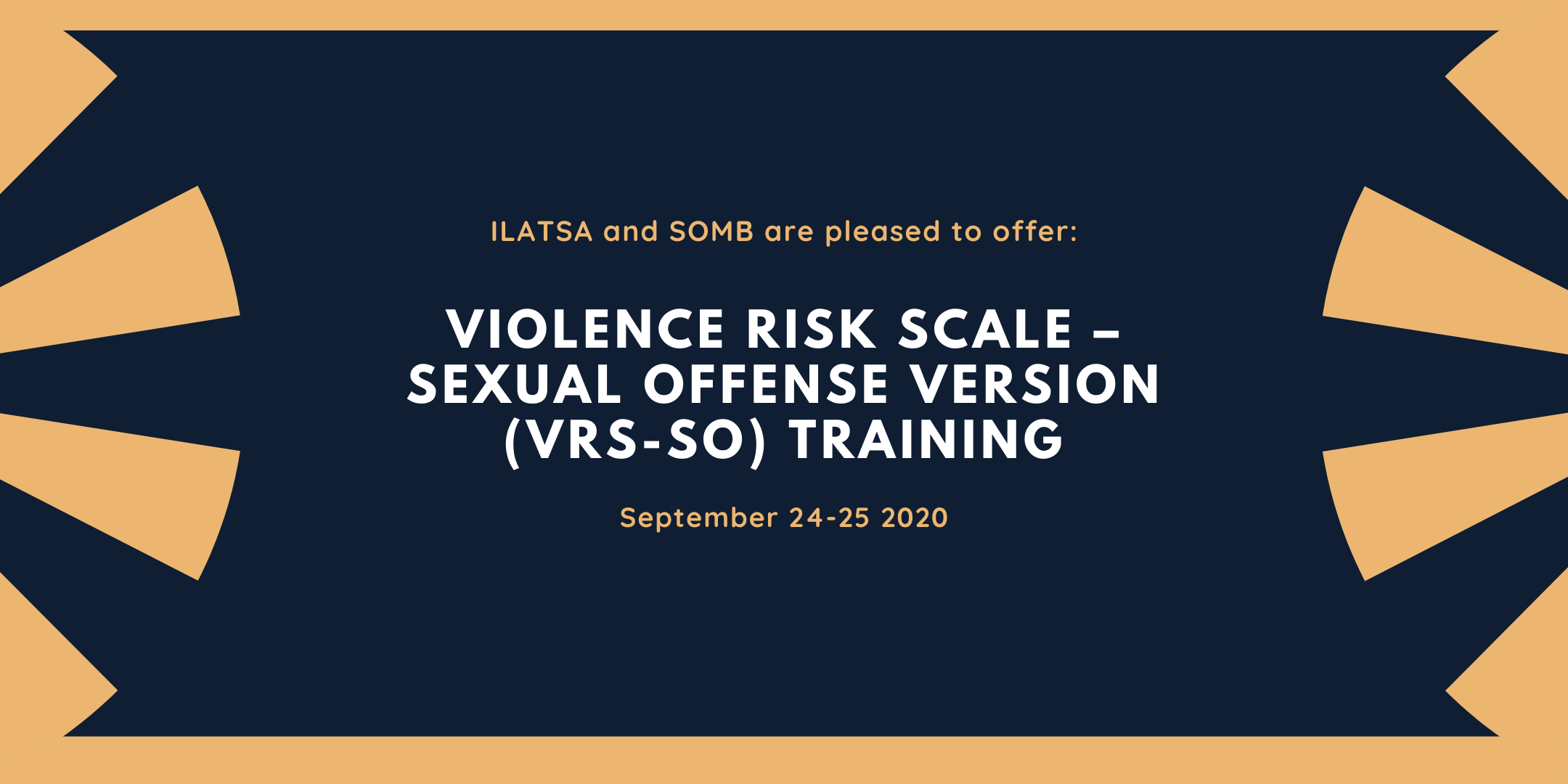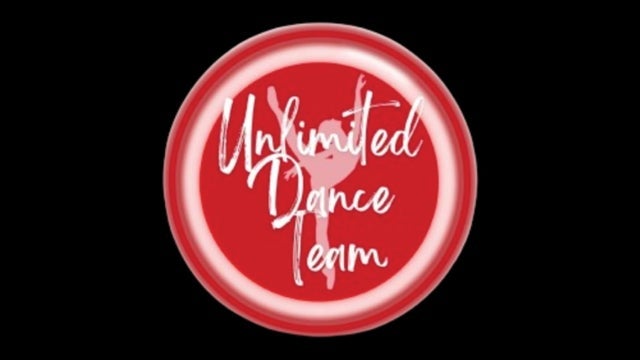 Sell tickets and manage registrations
Sell tickets and manage registrations
 View my tickets and registrations
View my tickets and registrations
 Sell more tickets through digital marketing
Sell more tickets through digital marketing
 Add an event calendar to your website
Add an event calendar to your website
 Find events by location and categories
Find events by location and categories

Violence Risk Scale – Sexual Offense version (VRS-SO) Training
This two-day workshop will provide an overview of the development, relevant research, administration, scoring, and interpretation of the VRS-SO. Participants will have an opportunity to code the VRS-SO on two sample cases to assess risk, identify treatment targets linked to sexual violence, and evaluate treatment changes.
Audience: This workshop will be suitable to all who provide clinical assessment, treatment, and risk management services to adults with histories of sexual offenses, and to all who are interested in assessing change from treatment. This tool may be more applicable to evaluators who work with SVP/SDP populations. This training is open to Illinois and non-Illinois clinicians.
CEU’s: ILATSA is an approved provider for the following Illinois licenses: Sex Offender Evaluator, Sex Offender Treatment Provider, Associate Sex Offender Provider, and Social Worker. Professionals seeking CEU’s for other licenses are encouraged to check with their respective licensing boards to see if this training qualifies.
Participants are eligible for 10.75 hours for the 2 day training.
Learning Objectives:
1. Apply the VRS-SO to identify treatment targets (criminogenic needs) for case-by-case treatment planning.
2. Utilize the modified Stages of Change Model of the VRS-SO to assess treatment readiness and measure treatment changes on identified criminogenic needs.
3. Correctly rate the VRS-SO and interpret the results in a sexual risk assessment.
4. Summarize the relevant research supporting the use of the VRS-SO in a forensic setting.
Trainer information:
Dr. Sharon Kelley is an SVP evaluator with the Sand Ridge Evaluation Unit in Wisconsin. She is currently the chapter president of the Wisconsin Association for the Treatment of Sexual Abusers (WI-ATSA). She is a licensed psychologist in Wisconsin, Minnesota, and California. She is an approved trainer for the SAPROF, an instrument designed to assess protective factors, as well as the VRS-SO, an instrument designed to evaluate the effect of risk reduction due to treatment change. She is a co-developer of the SAPROF-SO, which is an actuarially based measure of protective factors specifically designed for individuals who have been charged with sex offenses.
Location: Community Commons Building, room #1406
Additional information about this tool:
The Violence Risk Scale – Sex Offense Version (VRS-SO; Wong, Olver, Nicholaichuk, & Gordon, 2003-2017) consists of 17 dynamic factors that assess sexual recidivism and treatment change. It has been cross-validated and independently cross validated on additional samples. The normative samples have recently been updated to include four samples: N = 913 with a fixed 10-year follow-up.
In a recent survey, the VRS-SO was the second most utilized dynamic risk assessment among SVP evaluators (Kelley, Ambroziak, Thornton, & Barahal, 2018). The advantage of the VRS-SO includes its own norms that do not require the selection of a HR/HN or Routine group as well as an empirically based method to integrate static risk, pretreatment dynamic risk, and treatment change. An additional advantage of using the VRS-SO is that it allows evaluators to have clear guidelines to anchor their judgments and research has demonstrated that treatment change on the VRS-SO is related to a reduction in sexual recidivism. Recently, Olver, Beggs-Christofferson, and Wong (2015) applied logistic regression modeling to estimate 5-year rates of sexual recidivism as a function of the combined effect of the Static-99R score, VRS-SO pre-treatment dynamic score, and VRS-SO treatment change score.
The formula provided in the above article has since been made accessible to evaluators in the form of an excel-based calculator so that evaluators can use the Static-99R, VRS-SO pre-treatment dynamic, and treatment change scores to obtain an individualized and more precise risk estimate. The current norms and excel-based calculator demonstrate good relative predictive validity and each of the three scores entered into the calculator make a unique contribution in the prediction of risk (i.e., incremental validity; see Olver et al., 2018).











